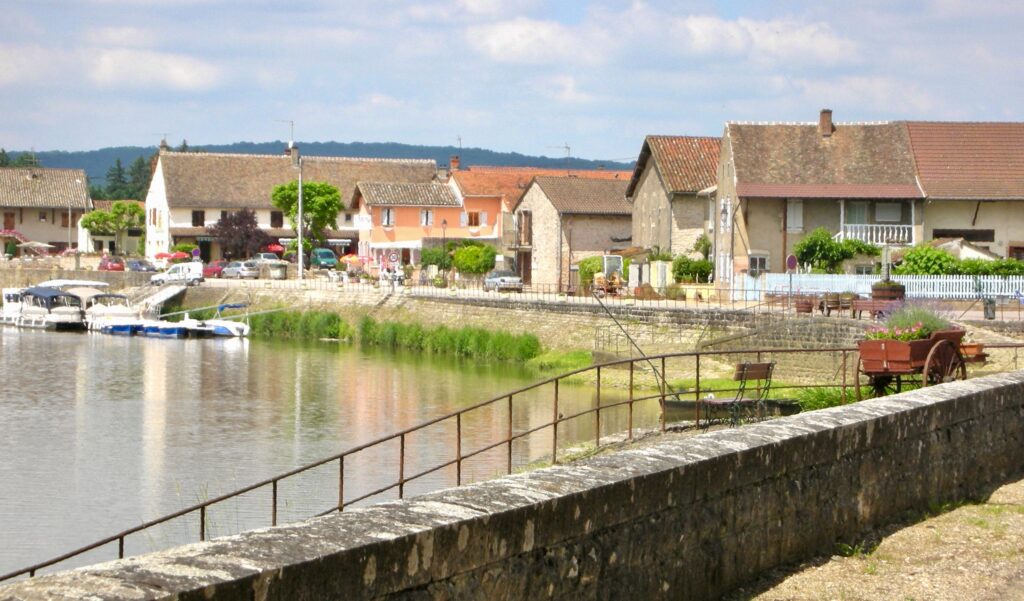
When you visit La Truchère, listen out for the cry of the sigognes blanches. It’s a distinctive, high pitched screech – not beautiful, but immediately recognisable. Look skywards and, if your luck is in, you’ll see these huge birds – storks – circling round and round, calling to each other as they ride the thermals, eventually flying so high as to be but mere specks in the sky. Later, they land, and stalking through the water meadows, much to the surprise of the grazing cows, seek out the frogs that are so much part of the character of our small village of 200 souls. This colony of storks is settled down in the woods, close to the lock that gives visiting boats access to our river and to the village. That these particular birds have taken up residence here seems, somehow, symbolic of the special nature of La Truchère itself.
For centuries, two rivers, the Seille and Saône, have provided a good living for both les Truchèrons and lately, the storks as well: fishing and frog-catching. The cost: a propensity to flooding once or twice a year, leaving the village almost wholly surrounded by a shallow inland sea. The fields of the flood plain, when not under water, afford grazing for the villagers’ cattle and in the woods, a good supply of winter fuel. Its old stone quays are testament to a past when La Truchère was a small but thriving inland port, though nowadays, instead of trading barges, the boats that stop here are private pleasure craft and holiday hire boats while land-lubbers may hire electric day boats to explore the river or take a ride on the small trip boat that plies up and down. The Seille, whose waters rise in the Jura mountains, is in summer, a gently winding river navigable as far as the ancient Bresse market town of Louhans, some 35 kilometres upstream.
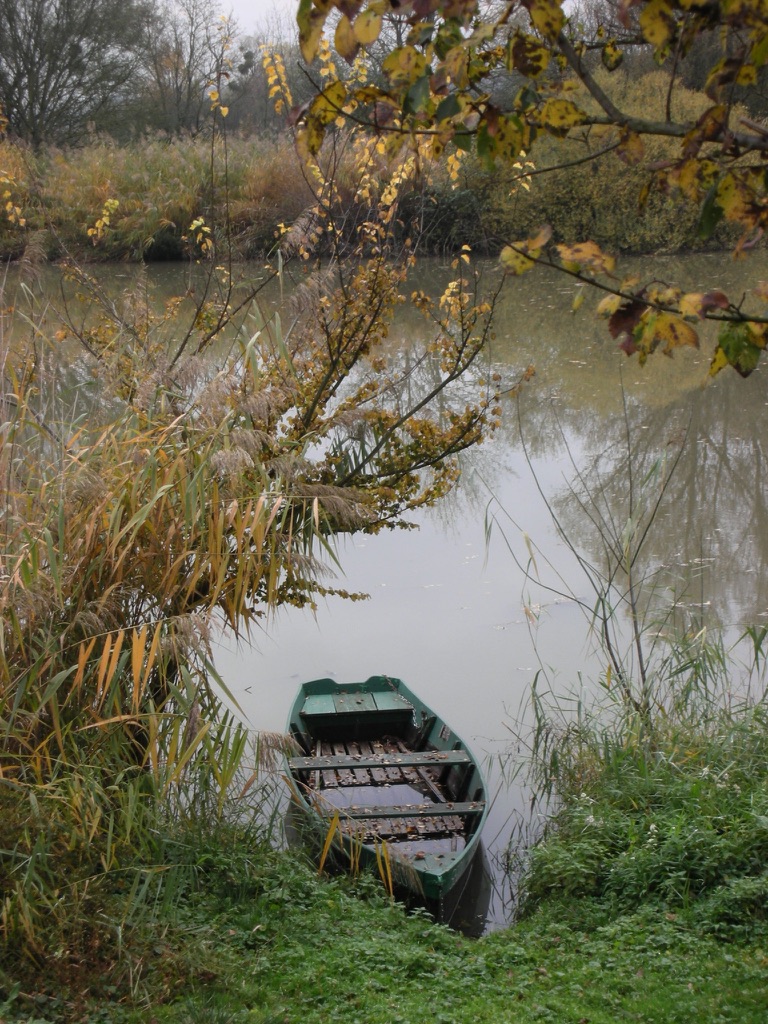
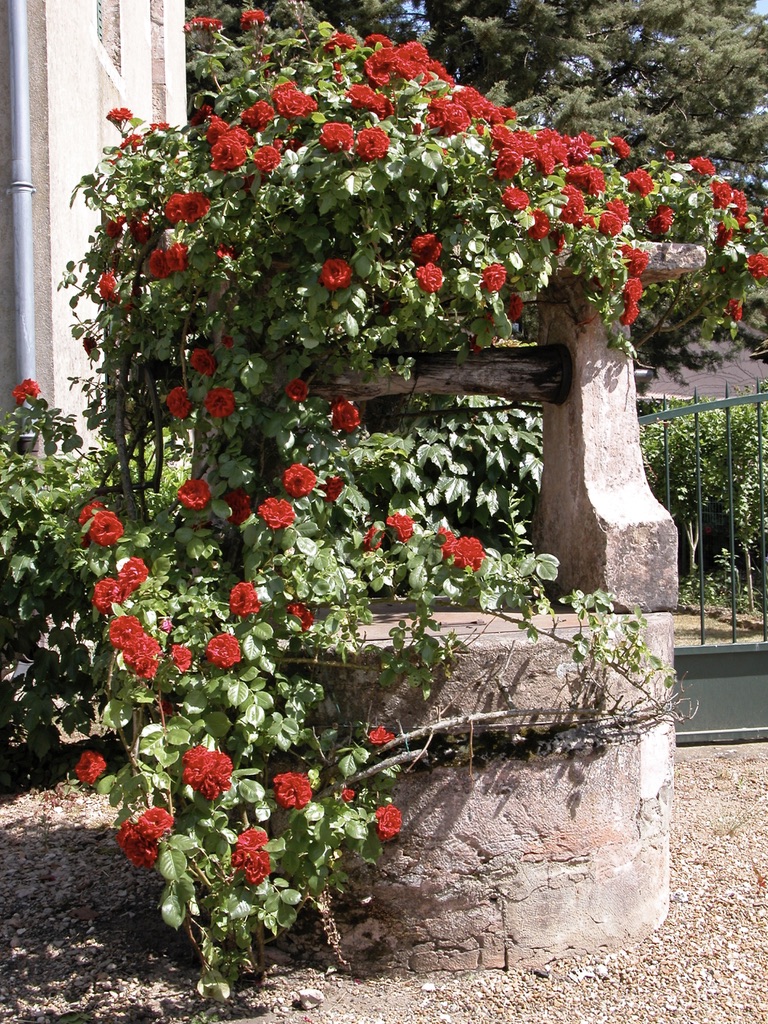
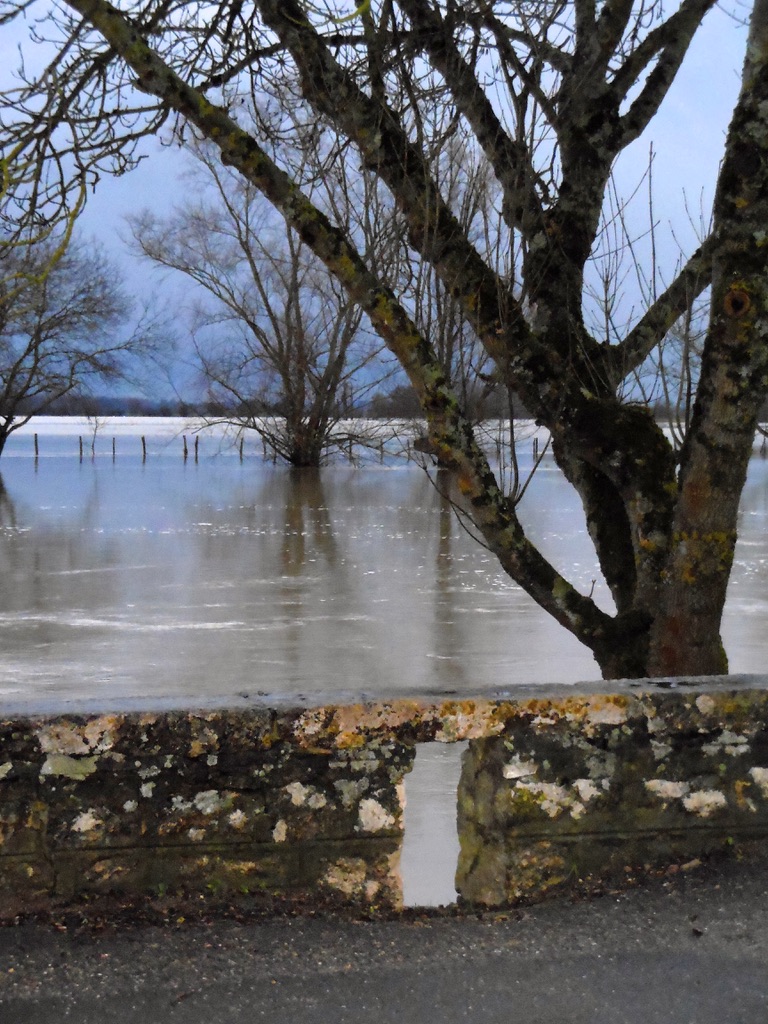
Whether you come by land or water, this place beside the river with its hinterland of fields and woods is the perfect place to stop for a while, to relax, and breath in good fresh air. La Truchère is on the way to nowhere – you have either come here purposely or you are lost; traffic is sparse, and other than the sound of birdsong and the church bell marking the hours, one rarely hears much else. Silence is indeed golden.
The village is at the centre of a national nature reserve. Here a rare and special form of lichen grows on the sandy dunes left by a prehistoric sea; there’s a peat bog too, where Ice Age plants are still to be found. Numerous easy walks take one through the woods and alongside the river; nearby is Etang Fouget, a huge bird sanctuary with hides where visitors can watch the wildlife.
And the village itself? Although protected by the Bâtiments de France, with no new development allowed, it is no sleeping beauty; there’s nothing precious about this place. A weatherworn, medieval cross marking the entrance to the village is the reason for its status, but that protection safeguards the overall ambience too. Wander through the village and the siting of buildings seems a bit random, with many grouped together, all higgledy-piggedly, into small quartiers. Stone barns originally constructed to house winter maize and animals now make fine homes and the dwellings once inhabited by fisherfolk and boatmen retain their simple charm. Most are built from the pink stone quarried in the next village of Préty, and some roofs are still of the terracotta pantiles that one associates with an older France.
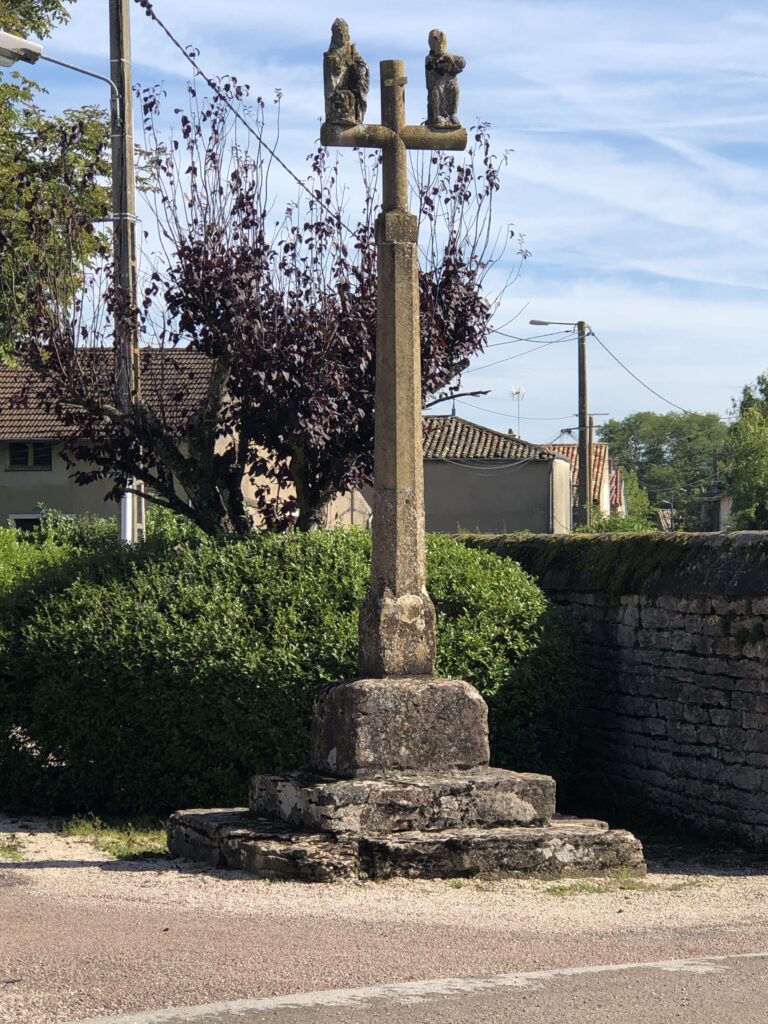
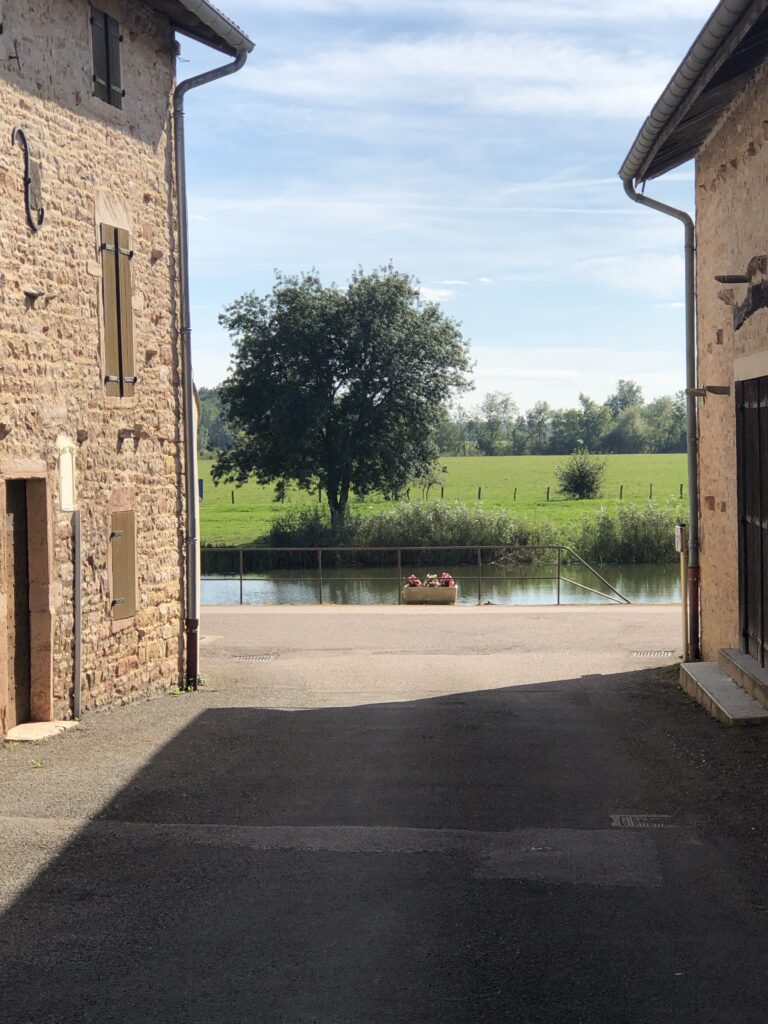
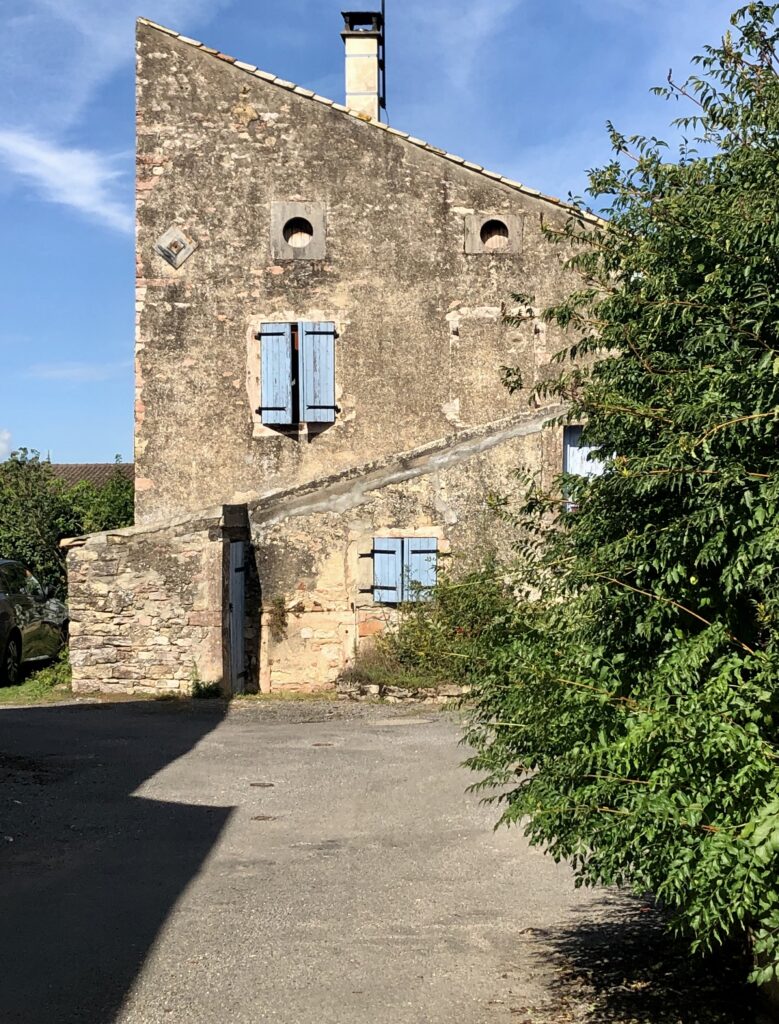
Officially in Burgundy but, in reality, on the edge of the Bresse region, two distinct realms divided by the river Saône, La Truchère seems hardly part of either. There is no central square; the simple church is at one end of the village and the Mairie, in what was once the school, is at the other; the ‘chateau’ is a large and ugly house reminiscent of the Addam’s family’s gothic home on Cemetery Ridge, and the houses bear none of the distinguishing characteristics of either Burgundy or Bresse. It is, quite simply, of itself and the river; its inhabitants are independently minded, perhaps because, throughout history, they have been so frequently cut off and left to their own devices. Even today one feels that distinctiveness that centuries of semi-isolation have bequeathed.
La Truchère is not to be found on any touristic itinerary but each summer hundreds of French families make their annual culinary pilgrimage here. They come to eat, in one of the three waterside restaurants, the small freshwater fish caught in the river known as ablettes, a much loved local dish of crisply fried fish dusted with maize flour, or frogs’ legs, now brought from further afield, but still cooked in the traditional way with garlic and cream.
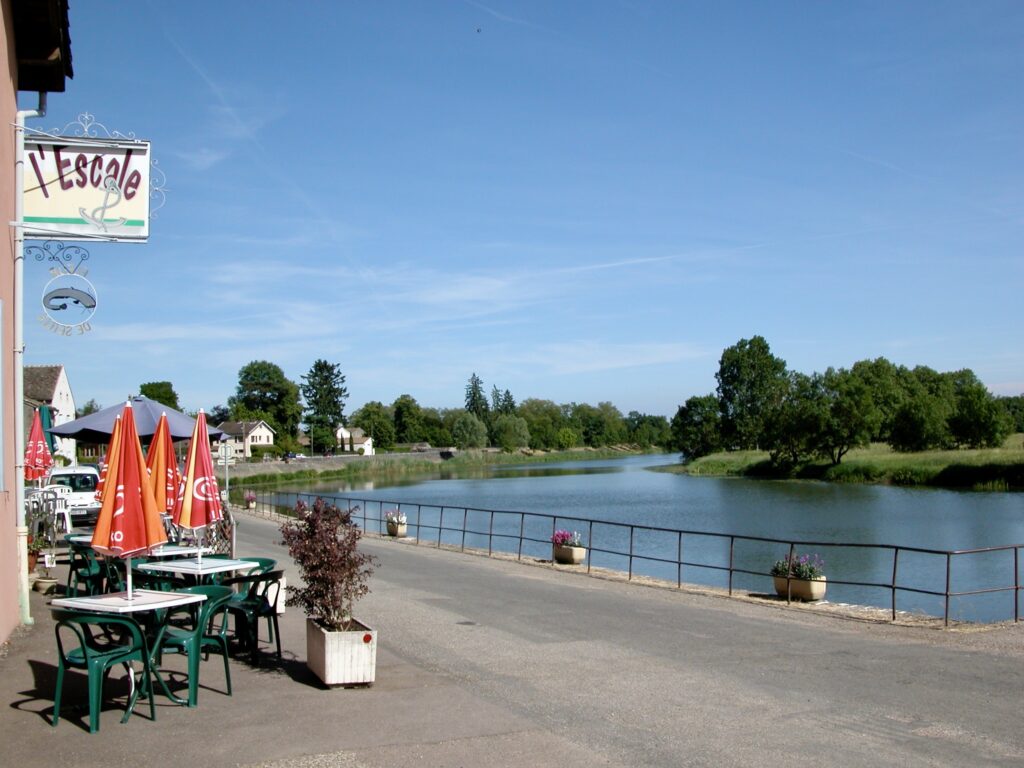
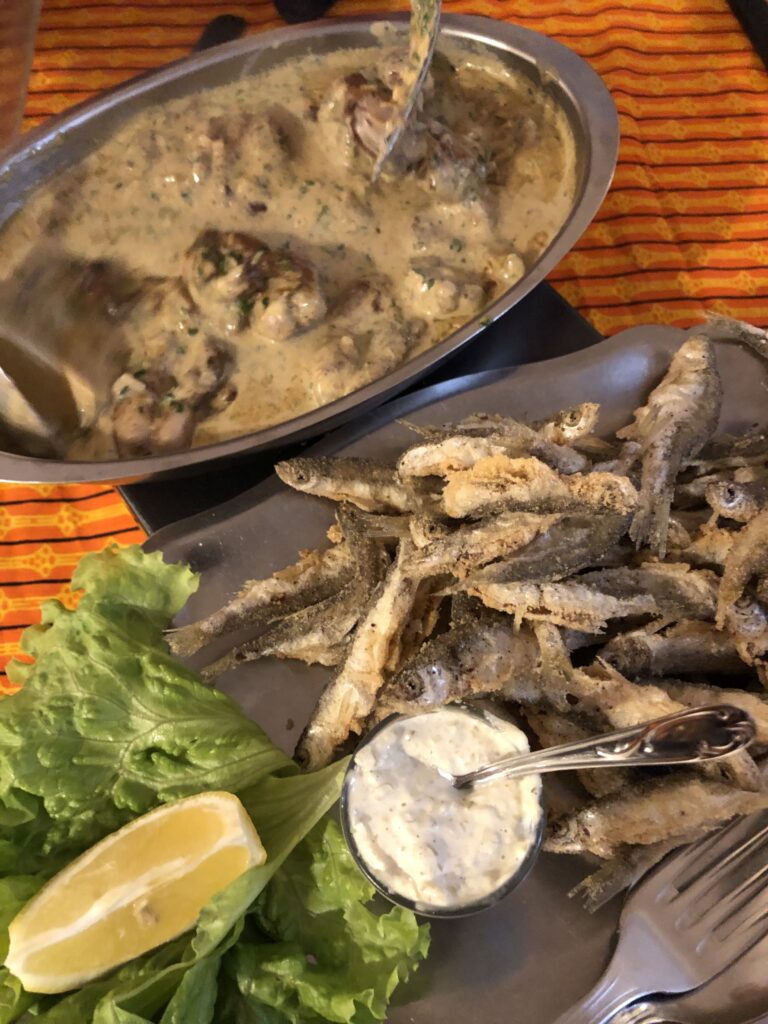
Afterwards, replete, visitors stroll beside the Seille, past the old quays to the mill and then across the weir to the lock, pausing to watch the boats passing through. The view across the water is timeless, unchanged: water meadows filled with wild flowers and white Charolais cattle slowly ruminating their way across the landscape.
Come winter, the restaurants close and the visitors leave. Those who stay keep a weather eye out for rising water. Only the smoke from chimneys and the smell of wood fires informs one that there are people here still. The river mists rise and across the water the cattle stand like pale wraiths but on a clear still day, listen, and you’ll hear that strident call; proof that way up high the cygognes still fly.
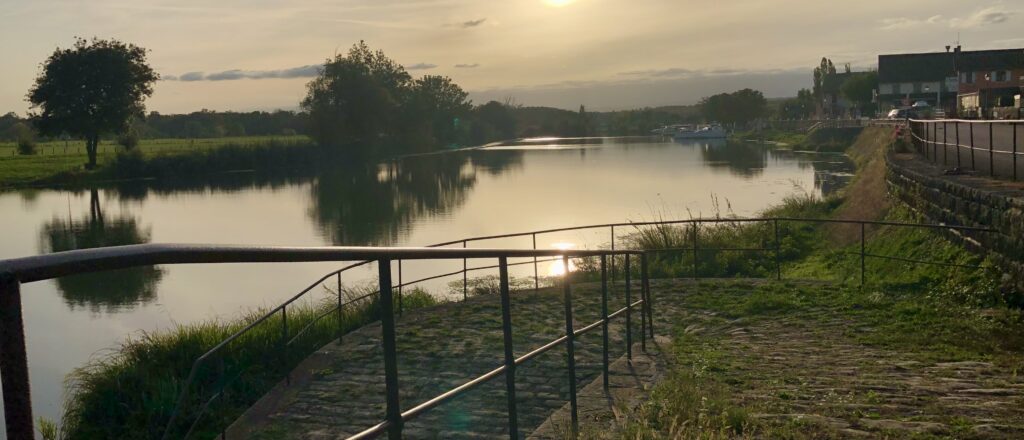
No excitement here folks, just calm, quiet and a simple rustic beauty. I love this village and am blessed to call it home.
Restaurants:
https://escale-truchere.fr/restaurant/
https://www.l-embarcadere71.com/
Auberge de la Grenouillère
prom Barrage, 71290 LA TRUCHÈRE
Téléphone 03 85 51 03 27
Boat Hire:
https://www.l-embarcadere71.com/croisiere-en-bateau/#
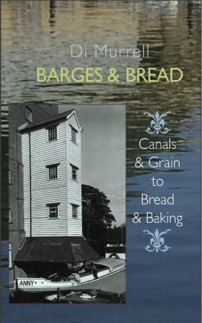
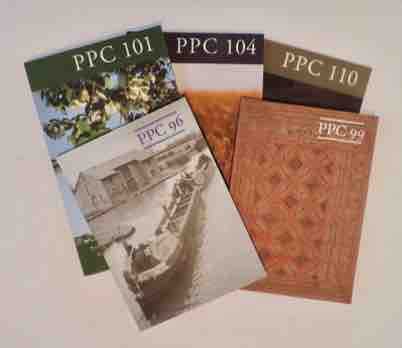
0 Comments